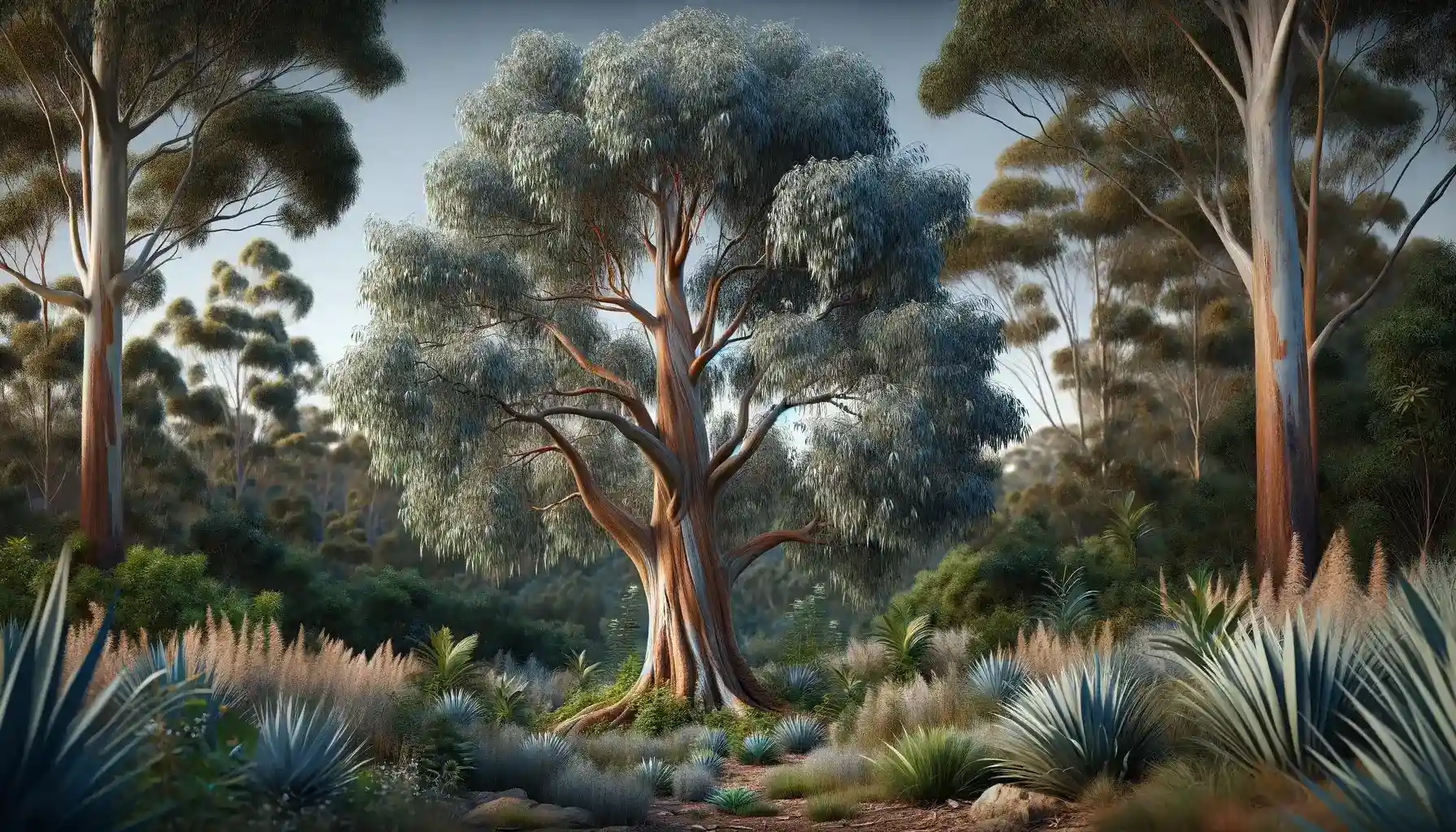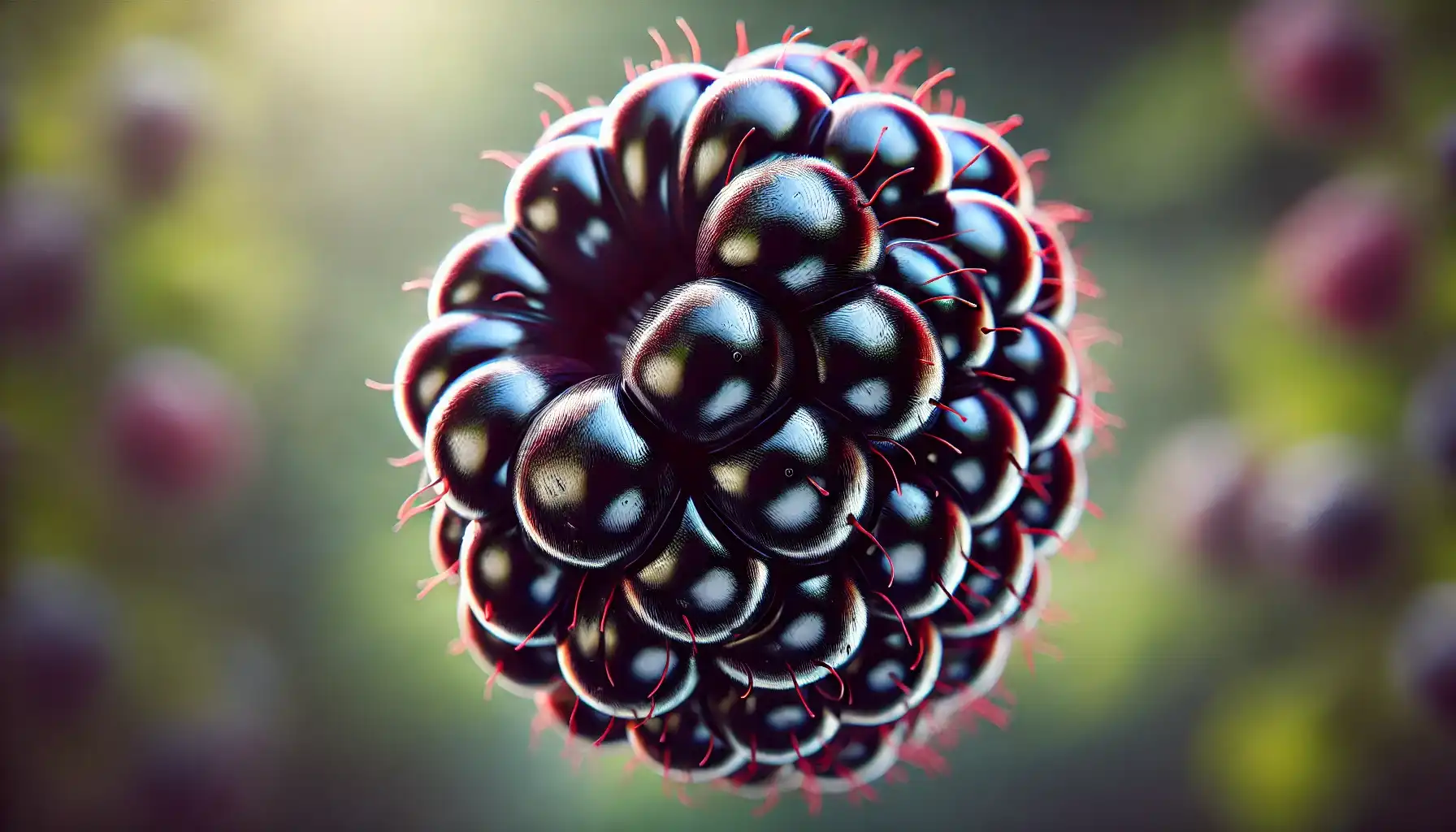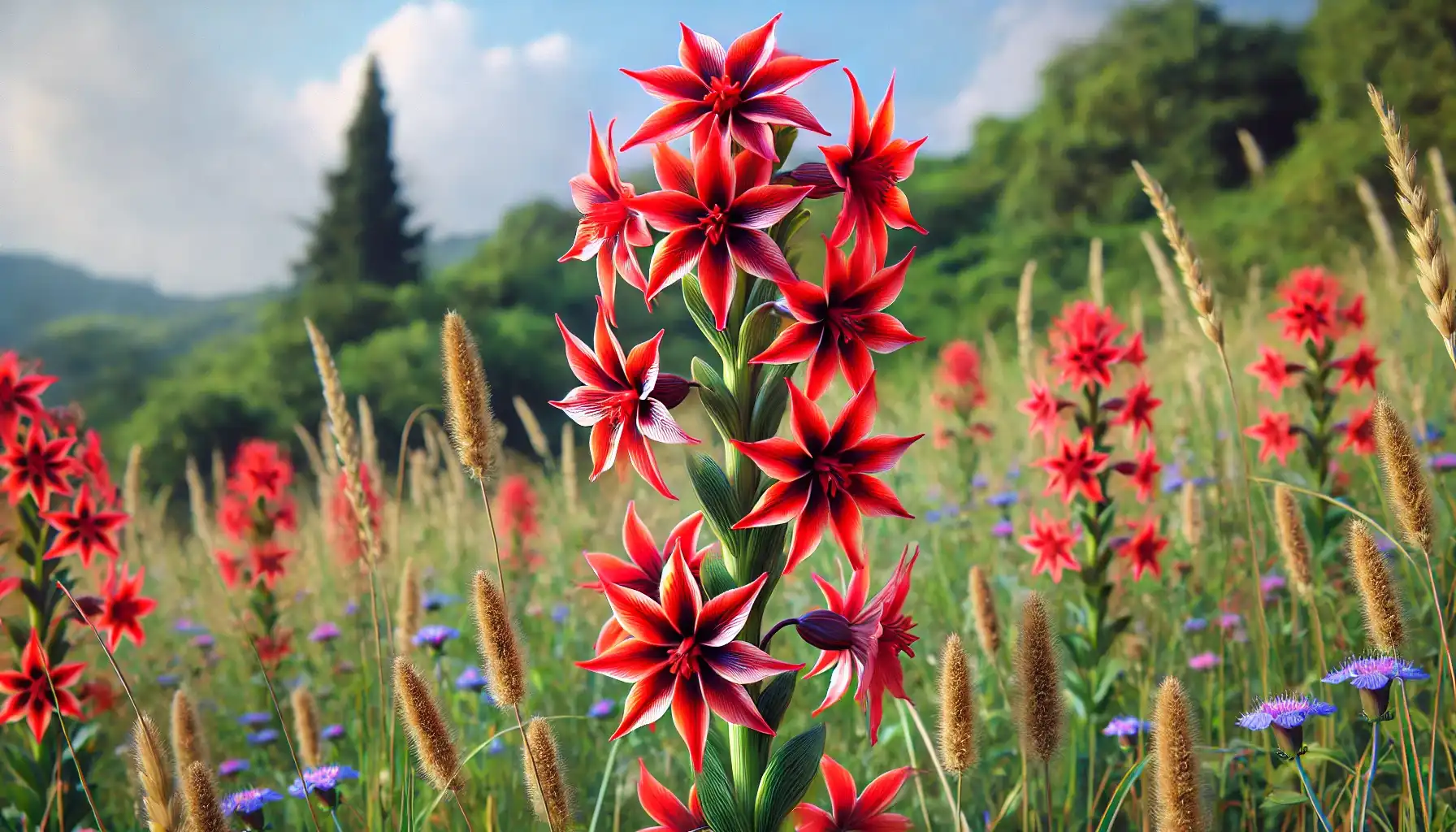Australian Giants: What to Know About Eucalyptus Plants

Australia is home to many unusual life forms that may scare and astonish, disgust, and attract green volunteers and spectators from different parts of the globe. Eucalyptus is one of those plants that serves as a symbol of its homeland and its good friends, koalas, too. The image of a eucalyptus is a bit blurred, for it includes different eucalyptus species which can be easily confused with each other.
Contents:
Australia is home to many unusual life forms that may scare and astonish, disgust, and attract green volunteers and spectators from different parts of the globe. Eucalyptus is one of those plants that serves as a symbol of its homeland and its good friends, koalas, too. The image of a eucalyptus is a bit blurred, for it includes different eucalyptus species which can be easily confused with each other.
Recently, we have received dozens of questions like “Where can I find a eucalyptus plant?”, “What does it need to grow in my garden?”, and the like. To address your worries, let us together explore the flora of Australia and delve deeper into the biography of a eucalyptus.

What Is An Eucalyptus?
Eucalyptus, or a gum tree, is a name for a diverse group of similar plants, i.e., tall trees and shrubs, originally spread in the Australian region, including islands around it. This tree has a long story to retell, for it has played a significant role in the local cultures. Initially, eucalyptus, once a sacred tree that was said to repel negative energy, was seen as a symbol of power and protection. Nowadays, though, its influence extends beyond spiritual practices and traditional beliefs.
The Key Features of Eucalyptus
There are over 700 species of eucalyptus, and each type may boast its own set of unique characteristics. Nevertheless, they all share their distinguishing marks inherent in the eucalyptus groups.
Eucalyptus’s Leaves: While the young trees produce relatively small, round-shaped blue to grey leaves, mature eucalypti typically have elongated leaves of vibrant green colors. The oil contained in the leaves is widely used in medications, thanks to its ability to reduce pain and inflammation, as well as boost the immune system.
Aroma: Most people may recognize eucalyptus trees by a minty strong scent, which serves its functional purpose, i.e., deters pests and attracts pollinators. This aroma, by the way, may relieve tension, lower stress levels, and improve concentration as well.
Tall Heights: One of the most spectacular characteristics of eucalyptus is its height, and the plant is proudly named an Australian giant for a good reason. One of the tallest trees in the world, for example, is a eucalyptus species, namely eucalyptus regnans which may reach heights of 295 feet (=90 meters).
Peeling Bark: The unique appearance of eucalypti is also contributed by its easy-to-peel colorful bark. Each year, this tree sheds a layer of bark and, thus, reveals a fresh, lighter layer beneath.
Fluffy Flowers: In general, the flowers of eucalyptus are small, yet their most prominent feature lies in numerous colorful stamens which make the flower seem fluffy.
Gumnut Fruits: The culmination of a eucalyptus tree development is fruit production. The fruit of this plant is a woody capsule that protects the seeds inside. As the fruit matures, the seeds are released so as to propagate and give birth to new trees.
No More Limits – Identify Eucalyptus with AI Plant Finder
Sometimes, plant identification becomes a daunting task full of pitfalls and traps. Though there is nothing like eucalyptus that boasts its unique appearance and symbolic relevance, amateurs and casual passers-by may not be able to accurately detect a plant species at first glance. This is where AI Plant Finder, a versatile application for quick-and-easy plant identification and gardening support, comes into play.
AI Plant Finder is a flexible tool made for people who are passionate about plants and wish they could find a trustworthy partner by their side. The platform provides a range of services, e.g., disease and plant diagnosis. water calculation, plant care aid, and much more. All the features introduced by the AI Plant Finder’s team may find their applications in different spheres of life and at each step of gardening.
Aspire to identify a eucalypt type by photo? Or want to check the illuminance of the spot? You are always free to turn on your phone and seek immediate assistance right in the app. No need to wait long. Just take your phone and enjoy your gardening experience harmoniously.

Natural Habitat of Eucalyptus Plants
One does not need any special skill to understand where to find eucalyptus plants in the wild. The vast majority of eucalyptus trees are native to Australia, though some species may still be found in other regions, such as Indonesia, the Philippines, the Middle East, China, and even the Mediterranean Basin. All in all, the key aspects of the tree’s natural habitat are as follows.
Climate
Most species flourish in temperature zones with little to no extreme temperature fluctuations. Eucalypti generally prefer environments with mild winters and warm summers, prone to regular heavy rains. These may include tropical and subtropical climates, as well as semi-arid areas suitable for certain types of eucalyptus.
Soil Condition
As soon as eucalyptus should experience consistent rainfalls, the soil is usually well-drained so as to stay hydrated but not waterlogged. The latter may cause root rot and hinder the plant’s development for good. Besides, eucalypti can tolerate various soil pH levels, but the most appropriate one should fall in the range between slightly acidic to neutral soil, i.e., 5.5 to 7.5.
Sunlight
To grow optimally, eucalyptus trees need full sun exposure with at least 6 hours of sunlight a day. Hence, the plant may grow as expected and efficiently produce oils, leaves, flowers, and fruits, too.
Temperature
As for the temperature, most eucalyptus species grow in warm temperatures from 59°F to 95°F (15°C to 35°C). The freezing environments are always damaging for these trees, this is why you cannot find them anywhere but in particular regions most people may easily name.

What May Eucalyptus Suffer From: Pests and Diseases
Stress is one of the dangerous factors that affects the health of any living being, and the eucalyptus plants may suffer from it, too. Stress usually happens due to external factors, such as pests or inappropriate plant care.
Among the pests that negatively impact the eucalyptus’s health are psyllids, longicorn beetles, and eucalyptus gall wasps, which cause structural damage, impair photosynthesis, and increase the chance of leaf breakage.
Various fungi and soil-borne pathogens may become a cause of plant diseases, like leaf blight and phytophthora root rot. The latter, for example, consists in root decay, which leads to poor water and nutrient uptake, wilting, and eventual tree death.
Eucalyptus plants are exclusive creations that may be found in a particular region of the world. Due to the environmental factor, these trees have developed a set of unique adaptations that allow them not only to survive but efficiently grow, thrive, and fruit in the end. Enjoy the world of flora and let your curiosity never fade.
Share:
Read More
Identify Any Plant, Diagnose Every Disease
Download Our App Now!


